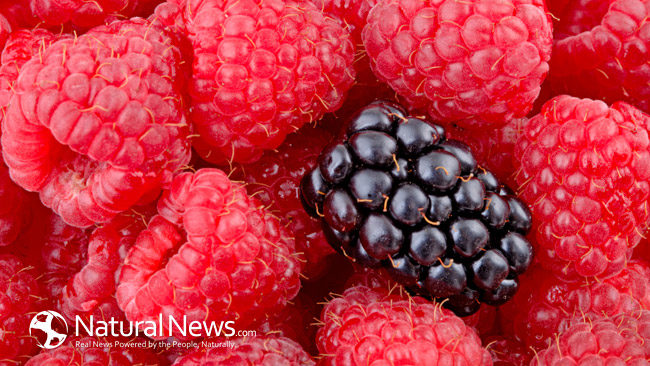The colors on your plate mean something. The more varied your fruit and vege palette, the more likely you are receiving the necessary phytonutrients and enjoying their unique health benefits. One of the most efficient ways to know what you are getting from your food is through color coding and this provides a practical guide to diet essentials.
Red-blue-purple foods contain anthocyanins which are part of a plant compound called falvanoids. They are friends of your cells because they protect them from free radical attacks which cause their internal structure to deteriorate. This cell structure breakdown is the cause of many diseases including cancer. Foods such as fruit, eaten raw are considered to have the best antioxidant effect.
Red foods are high in lycopene. Lycopene is a carotenoid, which produces the characteristic red or orange color to fruit and vegetables. This nutrient is extremely high in tomatoes. It is also an antioxidant with powerful health protecting benefits and is best known for the prevention of prostrate cancer. Lycopene, being fat soluble, is most effective when eaten with a healthy oil such as in a combination of tomatoes and olive oil.
Orange foods are high in beta carotene – the pigment that makes an orange look orange and is the substance used by the liver to manufacture Vitamin A. Carotenoids are fat soluble and have antioxidant effect. Vitamin A is necessary for cell differentiation, bone development, immune function development, a healthy reproductive system and good hair and skin. Eating a diet rich in beta carotene can lower your risk of lung cancer, coronary heart disease, stroke and age-related eye disease.
Orange-yellow foods contain a pigment called beta-cryptoxanthin. It protects the cells and DNA. It gets converted to retinol (vitamin A) and has been dubbed “pro vitamin A”. According to research cryptoxanthin can act as a chemo-preventive substance in the fight against lung cancer.
Yellow-green foods provide zeaxanthin and lutein both of which are active against the occurrence of macular degeneration and cataract. Lutein is a yellow-orange pigment found in many green leafy vegetables, yet it is hidden by the green of chlorophyll, hence it cannot be seen. Both these substances are capable of protecting against eye disease.
Green foods are rich in sulforaphane, isothiocyanates and indoles which stimulate the liver into producing cancer fighting enzymes. Sulforophane is known for its antimicrobial properties and is found especially in cruciferous greens and isothiocyanate is the substances that gives the peculiar pungent taste to cruciferous vegetables, horseradish and even mustard for that matter. It acts against prostrate and breast cancer. Indoles are significant anti-cancer compounds and are also present in cruciferous veges too.
White-green foods such as garlic is natures antibiotic, ant-cancer and anti-fungal agent which contains a compound called a allicin. The phytochemicals found in white crimini mushrooms have stopped the spread of breast cancer cells in post menopausal women.





